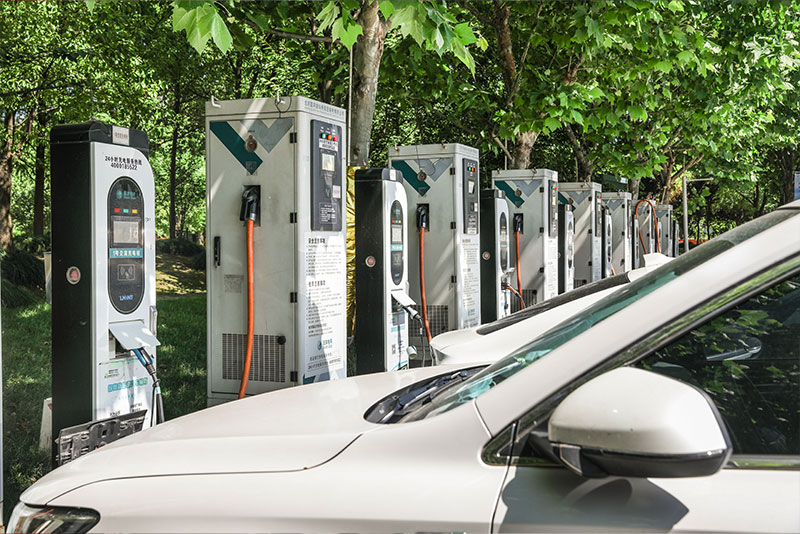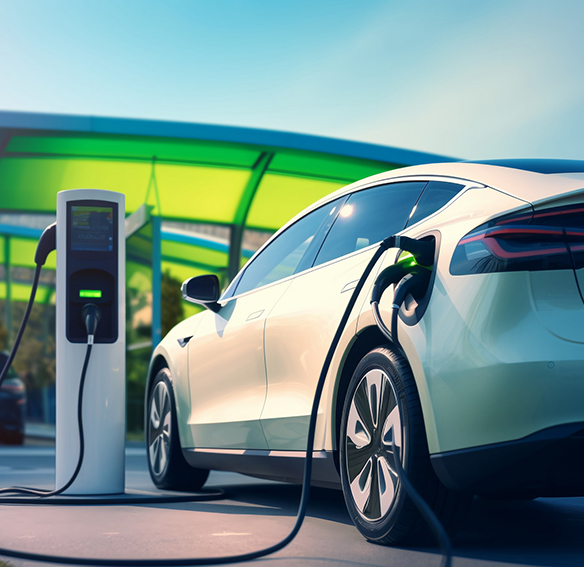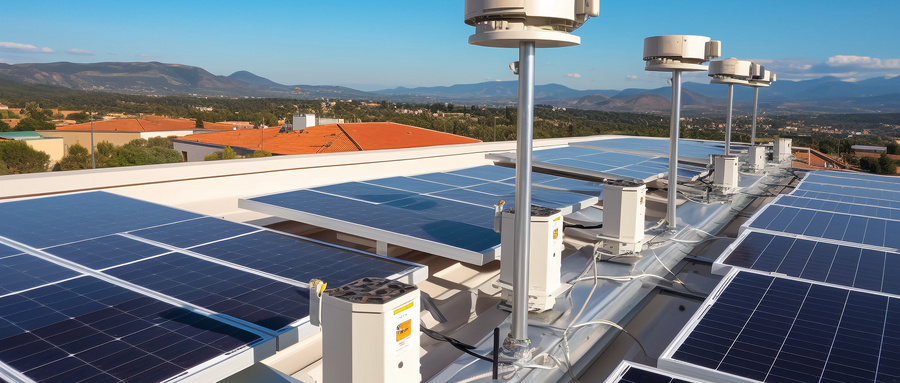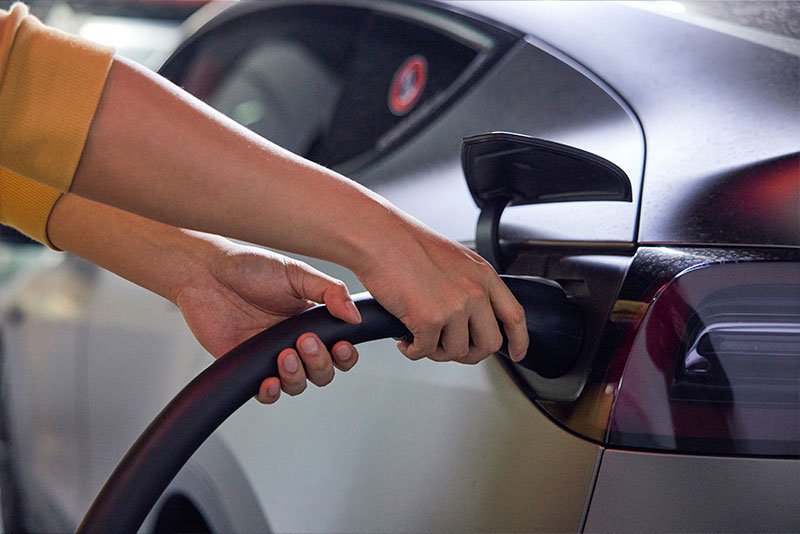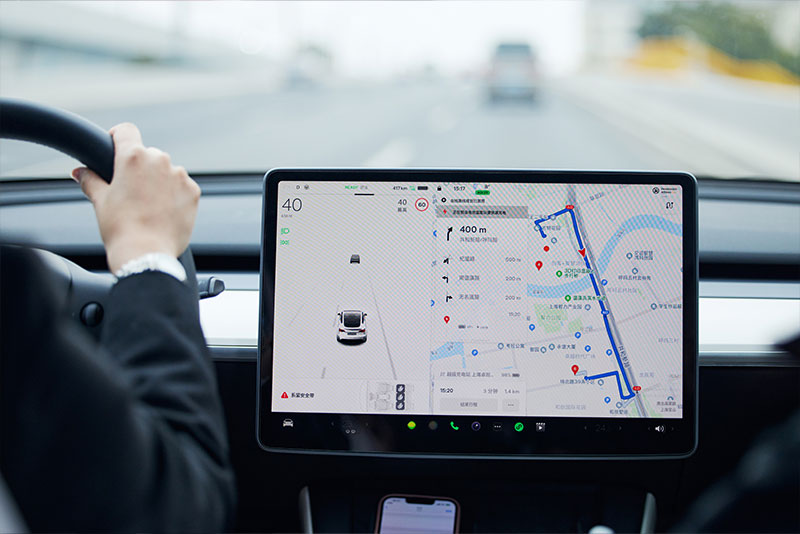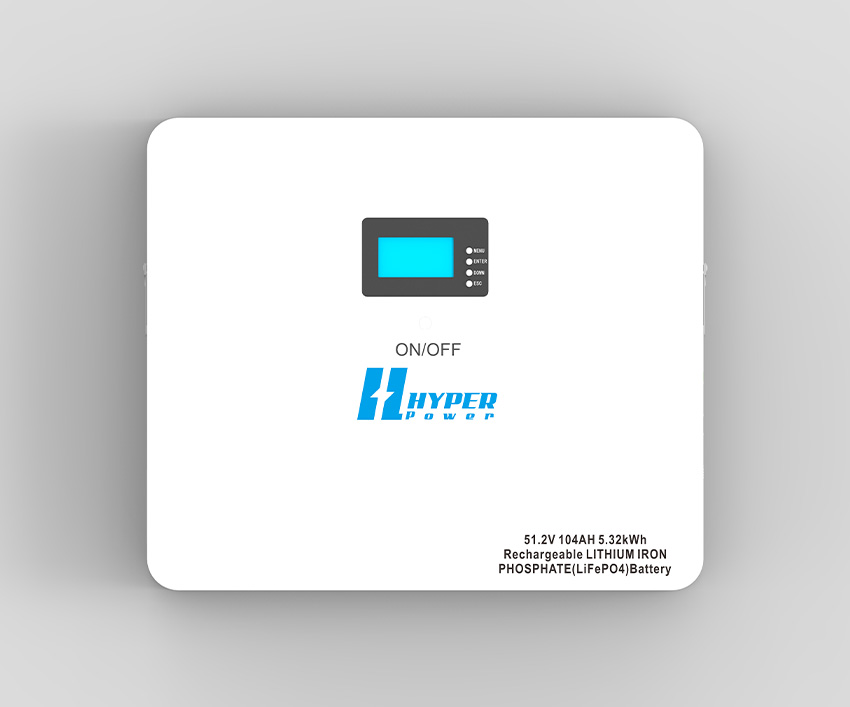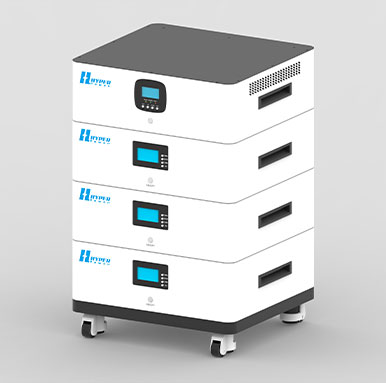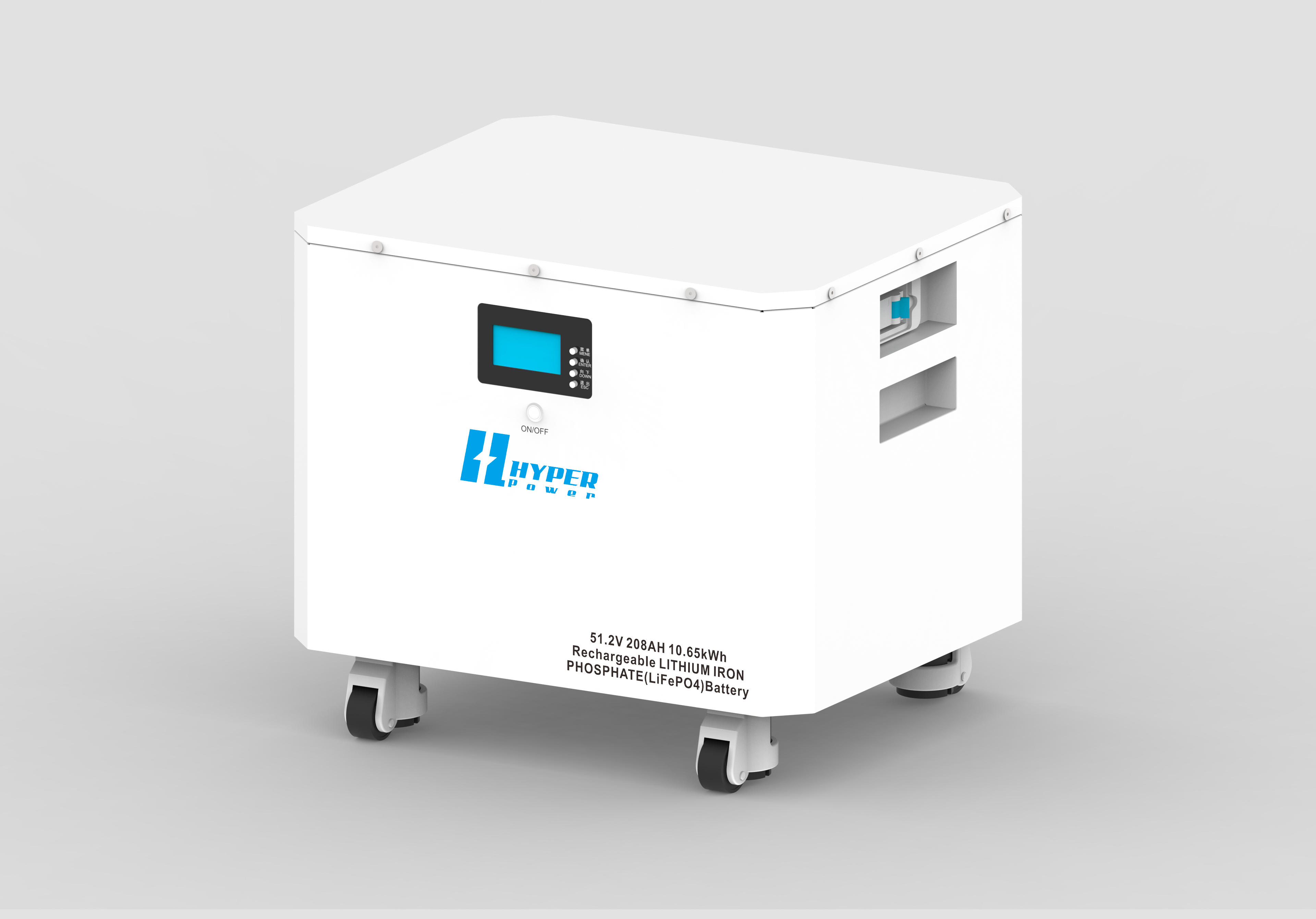The Ultimate Guide to Waterproof Solar Battery Banks
In today’s fast-paced world, where staying connected and powered is essential, the demand for portable, durable, and eco-friendly energy solutions has surged. Among these innovations, waterproof solar battery banks have emerged as game-changers. These versatile devices not only harness renewable energy but are also built to withstand tough environments, making them indispensable for outdoor enthusiasts, travelers, and anyone seeking reliable power in unpredictable conditions.
This comprehensive guide explores every aspect of waterproof solar battery banks, including their features, benefits, applications, maintenance, and how to select the right one for your needs. Let’s dive into the world of waterproof solar battery technology!

What is a Waterproof Solar Battery Bank?
A waterproof solar battery bank is a portable energy storage device equipped with solar panels that convert sunlight into electricity. The stored energy can be used to charge a variety of electronic devices, such as smartphones, tablets, cameras, and more. What sets these devices apart is their waterproofing, which ensures they remain functional even in wet or humid conditions.
How Does It Work?
1.Solar Energy Capture:
The solar panels on the device absorb sunlight and convert it into direct current (DC) electricity using photovoltaic cells.
2.Energy Storage:
This electricity is stored in a rechargeable lithium-ion or lithium-polymer battery inside the device.
3.Power Output:
The stored energy is then made available through USB or other output ports to charge or power your devices.
By combining renewable energy capture with waterproofing technology, these devices provide a sustainable and durable solution for portable power needs.
Benefits of a Waterproof Solar Battery Bank
Waterproof solar battery banks offer numerous advantages that make them a standout choice for a wide range of users.
1. Reliable Power Source
Whether you're hiking in remote areas, camping under the stars, or enduring a power outage, a waterproof solar battery bank ensures you have access to electricity. This reliability can be a lifesaver, especially during emergencies.
2. Weatherproof Durability
Rain, accidental spills, or even full immersion in water won’t damage these devices. Their rugged construction and high waterproof ratings make them ideal for unpredictable environments.
3. Eco-Friendly Energy Solution
By utilizing solar power, these battery banks reduce reliance on fossil fuels and grid electricity, promoting a cleaner and greener planet. They align with sustainable living practices and help lower your carbon footprint.
4. Portability and Versatility
Compact designs make them easy to carry, while multiple charging ports ensure compatibility with a variety of devices. Whether you're powering a GPS device, smartphone, or portable light, these battery banks are up to the task.
5. Cost-Effective in the Long Run
While the initial investment may seem high, the use of free solar energy means you save money over time, especially when compared to traditional power banks that rely on electricity from the grid.
Key Features to Look For
When choosing a waterproof solar battery bank, certain features can greatly influence its performance and suitability for your needs.
1. Waterproof Rating
The waterproof rating, indicated by an IP (Ingress Protection) code, tells you how well the device can withstand water and dust.
- IP65: Protects against low-pressure water jets.
- IP67: Protects against immersion in water up to 1 meter for 30 minutes.
- IP68: Suitable for extended immersion in deeper water.
Choose a rating that matches your intended usage, especially if you plan to use it in heavy rain or while boating.
2. Battery Capacity
Battery capacity, measured in milliampere-hours (mAh), determines how much energy the device can store. A higher capacity means more charging cycles for your devices. For example:
- 10,000mAh: Charges most smartphones 2-3 times.
- 20,000mAh: Suitable for multiple devices or longer trips.
3. Solar Panel Efficiency
Efficiency is key for faster charging under sunlight. Look for high-quality monocrystalline panels, which are more efficient than polycrystalline ones, especially in low-light conditions.
4. Output Ports and Fast Charging
Multiple USB ports allow you to charge several devices simultaneously. Look for quick-charge compatibility (e.g., USB-C or QC 3.0) for faster power delivery.
5. Durability and Build Quality
A shockproof, dustproof, and scratch-resistant design ensures the device can withstand rough handling and outdoor conditions.
Top Applications for Waterproof Solar Battery Banks
1. Outdoor Adventures
From hiking and camping to kayaking and fishing, a waterproof solar battery bank keeps your gadgets powered without relying on traditional outlets. It’s perfect for charging GPS devices, headlamps, and smartphones.
2. Emergency Preparedness
In situations like hurricanes, floods, or power outages, these battery banks serve as a reliable backup power source for communication devices and emergency lighting.
3. Travel Convenience
Frequent travelers can benefit from these portable devices, which provide power on the go without needing to find wall outlets.
4. Everyday Sustainability
For those adopting sustainable lifestyles, using solar energy for everyday charging needs reduces electricity consumption and supports renewable energy practices.
Maintenance and Care Tips
To ensure your waterproof solar battery bank lasts as long as possible, proper maintenance is essential.
1. Regular Cleaning
Dust and debris can reduce solar panel efficiency. Clean the panels with a soft, damp cloth to maintain optimal energy capture.
2. Avoid Overcharging
While most modern devices include overcharge protection, unplugging your devices once they’re fully charged helps prolong battery life.
3. Proper Storage
Store the battery bank in a cool, dry place when not in use. Avoid exposing it to extreme temperatures or direct sunlight for extended periods when not actively charging.
4. Periodic Testing
Regularly test the device to ensure the battery and solar panels are functioning correctly. This is especially important before taking it on trips.

How to Choose the Best Waterproof Solar Battery Bank
Choosing the right waterproof solar battery bank involves evaluating your specific needs and preferences.
1. Assess Your Power Needs
Short day trips may only require a smaller-capacity bank (5,000–10,000mAh).
Extended adventures or charging multiple devices call for higher capacities (20,000mAh or more).
2. Device Compatibility
Ensure the battery bank can provide the required power output for your devices. Look for USB-C ports or Quick Charge 3.0 support for modern gadgets.
3. Consider Weight and Size
For backpackers, a lightweight and compact model is crucial. For car camping, size and weight may be less of a concern.
4. Set a Budget
While high-end models with advanced features are tempting, there are affordable options that deliver excellent performance.
Future Trends in Solar Battery Technology
1. Improved Efficiency
Advances in photovoltaic technology are increasing the efficiency of solar panels, allowing for faster energy capture even in low-light conditions.
2. Greater Battery Capacities
Future devices will likely offer larger capacities without increasing size or weight, enabling more extended use.
3. Smart Features
Integration with apps and IoT devices will provide real-time monitoring of energy usage and battery health.
4. Eco-Friendly Manufacturing
Manufacturers are exploring sustainable materials and processes to reduce the environmental impact of these devices.
Conclusion
A waterproof solar battery bank is a reliable, eco-friendly, and durable solution for portable power needs. Whether you're an outdoor adventurer, a frequent traveler, or someone preparing for emergencies, these devices offer unmatched convenience and sustainability.
By choosing the right model and maintaining it properly, you can enjoy renewable energy on the go, rain or shine. Invest in a waterproof solar battery bank today and embrace the freedom of portable solar power!
Frequently Asked Questions
1. What does the waterproof rating mean?
The waterproof rating (e.g., IP67) indicates the level of protection against water and dust. IP67 means the device can be submerged in water up to 1 meter for 30 minutes.
2. Can I use a waterproof solar battery bank indoors?
Yes, you can charge it via USB or wall outlets and use it as a regular power bank indoors.
3. How long does it take to charge a waterproof solar battery bank?
Charging times vary depending on solar panel efficiency and sunlight conditions, ranging from 6–12 hours for full sunlight.
4. Are they suitable for extreme temperatures?
Most devices are designed for a wide range of temperatures, but always check the manufacturer’s specifications for limits.
Blog

Maximizing Energy Independence with Home Lithium Battery Storage

How Residential Photovoltaic Energy Storage Systems Empower Sustainable Homes
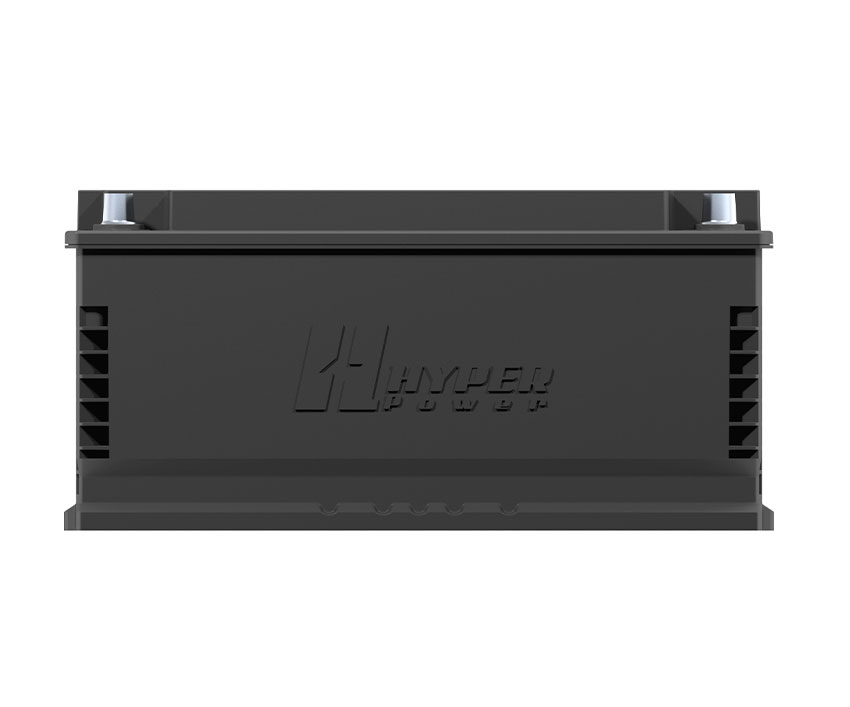
Why the 12V Lithium Ion Car Battery is the Smarter Automotive Power Solution — Insights from JEJE Energy
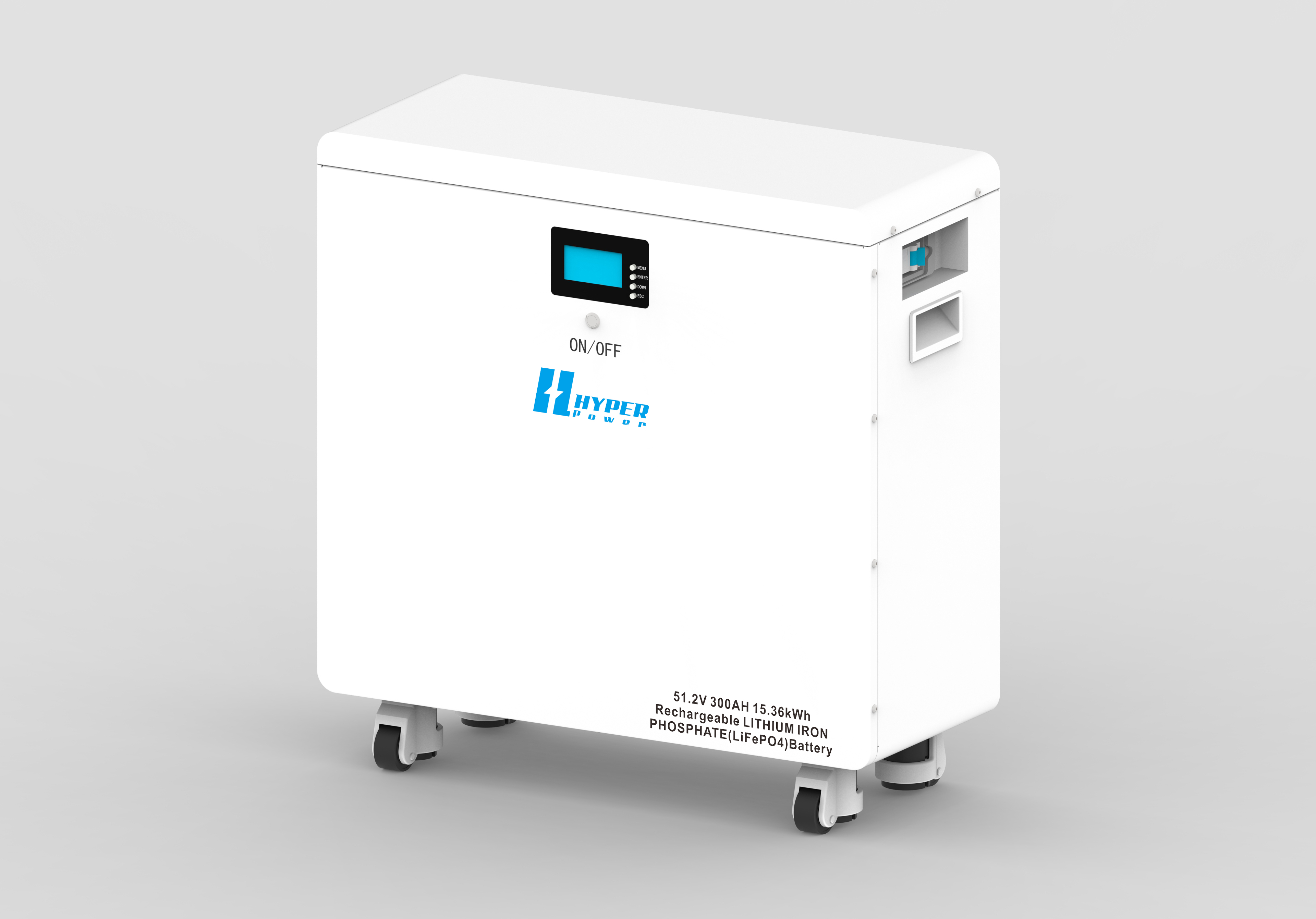





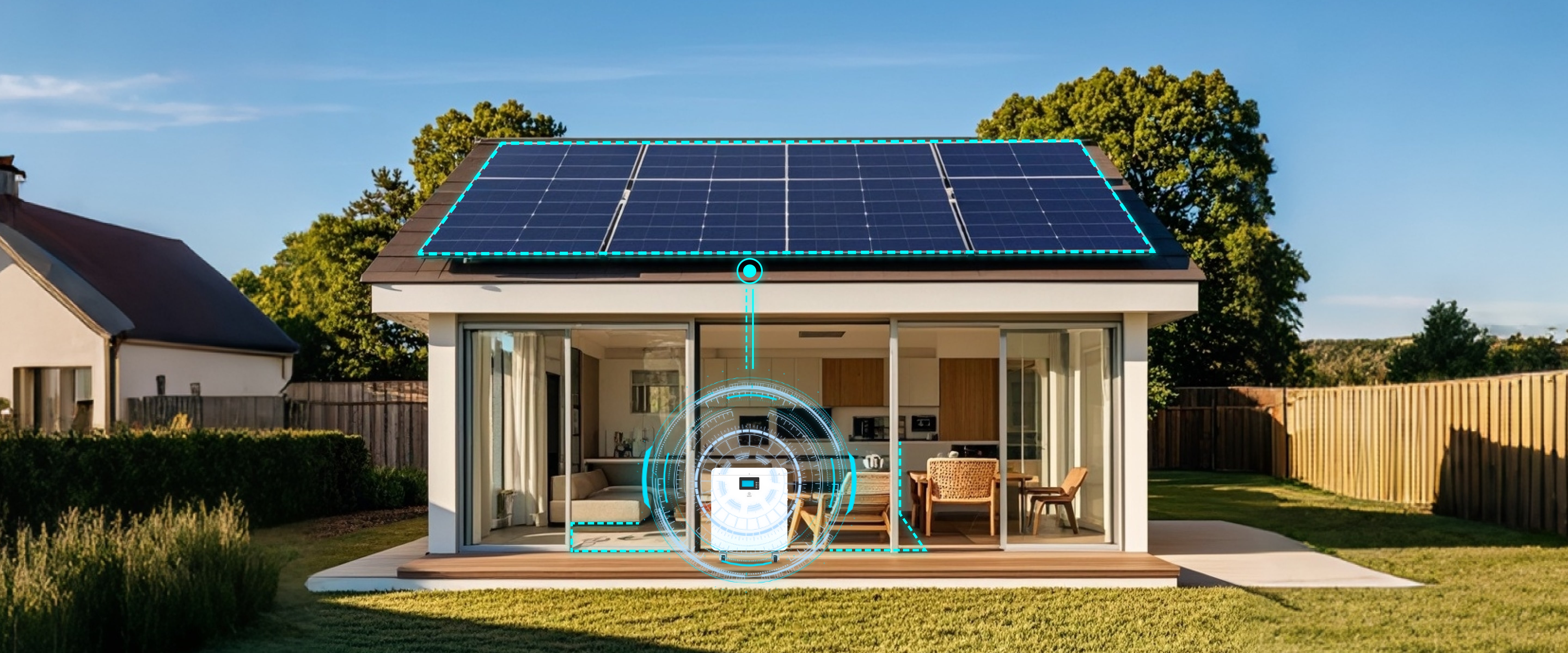



-Charging.png)
.jpg)









